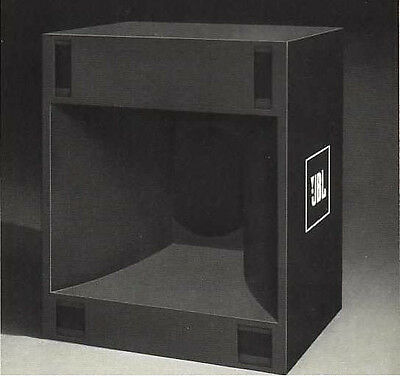-40%
TEAC Calibration Test Tape MTT-256C 31.5-10kHz, New
$ 84.48
- Description
- Size Guide
Description
TEAC CalibrationTest Tape MTT-256C
Signal: voice guided signals including azimuth, level, and frequency response muti-spot signals from 31.5Hz-10kHz@-14dB
0dB=250nWb/m, will be shown as -10dB on 160nWb/m players for frequency response signals.
Purpose
:
frequence response measurements. Azimuth alignment. Level alignment.
Calibration series, high accuracy.
New condition.
Do NOT set Dobly NR ON when using any frequency response tapes.
Only use with Dolby NR OFF.
About IEC-1981(Prague) standard
Earlier than 1981, there is the DIN standard which was developed by German in 1975. Before 1975, both BASF in Germany and Japan produced produced test tapes. TEAC started MTT series as early as 1968. But the standard by DIN in 1975 was not noticed by Japan and this caused a different in reference levels in different frequencies. The difference resulted in sound quality and was noticed by Cughs Mkengie. Later BASF and TEAC investigated the cause of the difference in 1977 and after almost two years they found the cause. In 1979 on conference IEC SC-60A BASF reported the progress of the work and in 1980 Germany and Japan agreed on the new characteristics. In 1981 IEC SC-60A Prague conference, a report concludes:
In the past, due to lack of cooperation and communication in countries, test tapes produced are not on the same standard. Even around 1980, the difference was not resolved.
BASF and TEAC agreed on a new way to produced test tapes upon: a) new method of measuring magnetic: at 315 Hz, 0dB is 250nWb/m b) the method to measure frequency characteristics with standard playback head c) fix the curve of previous frequency response, but not make the change too big.
The new frequency response characteristics curves published on the conference are called the new IEC-1981 (Prague) standard.













